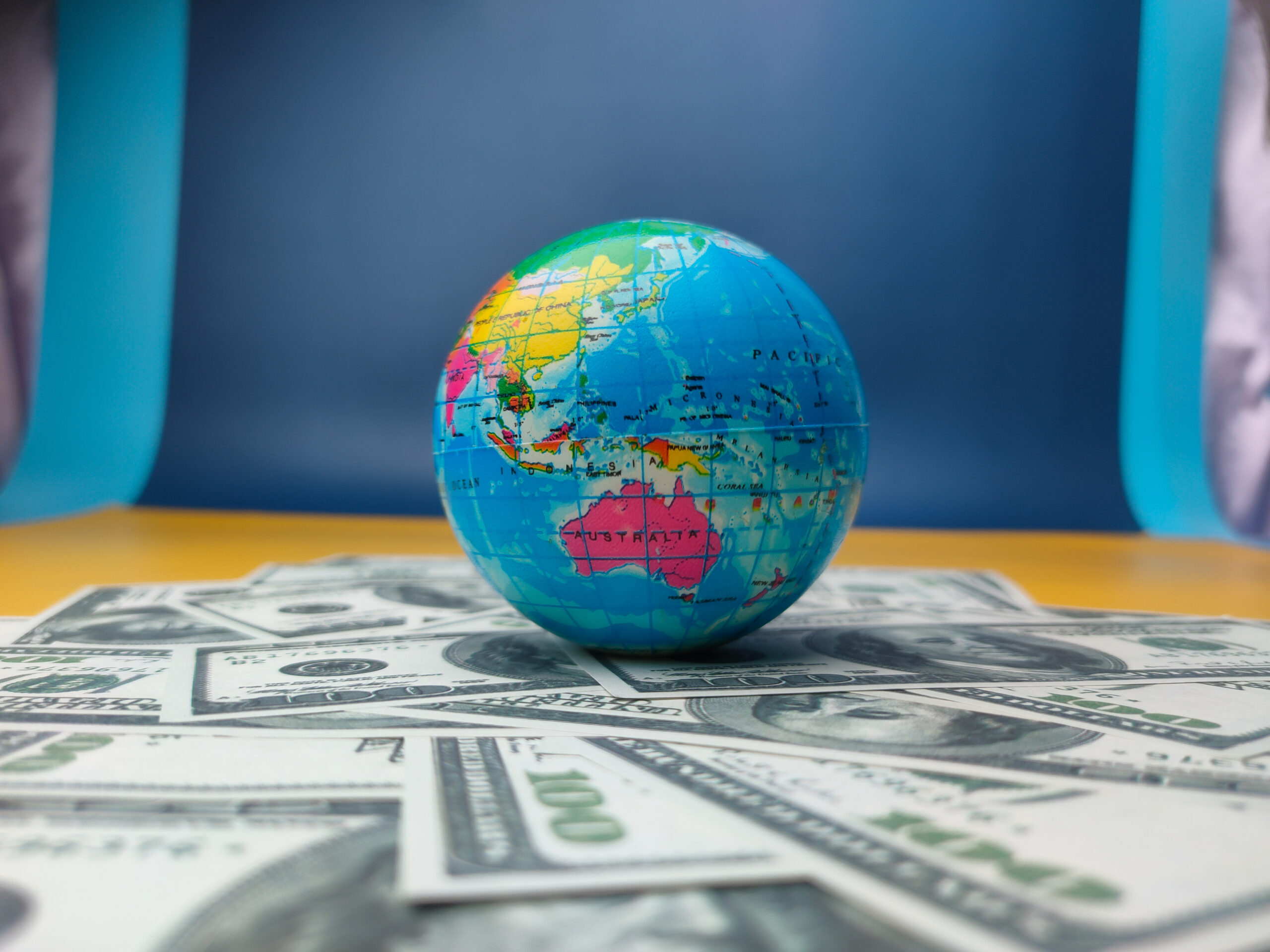The world economy is at a critical turning point. From evolving trade dynamics and inflationary pressures to the rise of new economic superpowers, global financial influence is being reshaped. But what do these changes mean for the Middle East—a region historically shaped by energy markets, geopolitical positioning, and ambitious economic diversification strategies?
Roman Ziemian explores the Middle East’s strategic role in the evolving financial landscape
Having navigated global markets for years, I have witnessed firsthand how economic shifts ripple across industries and borders. With its strategic location, abundant resources, and rapidly evolving financial sector, the Middle East is uniquely positioned to capitalize on these global changes—if it adapts swiftly.
The Shift Away from U.S. Dollar Dominance: Risks and Opportunities
One of the most significant global economic transformations is the gradual decline of U.S. dollar dominance. The trend of de-dollarization, led by economic alliances like BRICS (Brazil, Russia, India, China, and South Africa), is reshaping international trade settlements. Nations such as China and Russia are increasingly conducting transactions in yuan and rubles, reducing their reliance on the U.S. dollar.

For the Middle East, where oil sales have historically been settled in U.S. dollars under the petrodollar system, this shift presents both risks and opportunities. Key Gulf economies, including Saudi Arabia and the UAE, are exploring alternative currency trade agreements, particularly using the Chinese yuan.
Key Implications for the Middle East
- Economic Diversification: Reduces reliance on U.S. monetary policies.
- Stronger Asia Trade Ties: Strengthens economic partnerships with China and India.
- Currency Volatility Risks: Requires advanced financial hedging strategies.
While moving away from the dollar offers greater autonomy, it also increases exposure to currency fluctuations. Middle Eastern economies must implement risk mitigation strategies to manage potential financial instability.
The Energy Transition: A Game-Changer for Oil-Dependent Economies
The global energy sector is undergoing a seismic transformation, driven by the push toward renewable energy, electrification, and carbon neutrality. For oil-producing nations, this shift is a double-edged sword—challenging their existing economic models while presenting opportunities for sustainable growth.
Recognizing the urgency of this transition, GCC countries have launched ambitious diversification strategies:
- Saudi Vision 2030: Aims to reduce oil dependency through economic innovation.
- UAE Net Zero by 2050: Focuses on clean energy investments and technology-driven industries.
Major Renewable Energy Initiatives in the Middle East
- NEOM (Saudi Arabia) – A $500 billion futuristic smart city powered entirely by renewable energy.
- Masdar (UAE) – A global leader in wind and solar energy expansion across Asia and Africa.
Despite these progressive initiatives, hydrocarbons still account for over 60 percent of government revenues in many GCC nations. The true challenge lies in balancing short-term energy needs with long-term sustainability goals.
China, India, and the Middle East’s Emerging Role as a Global Trade Hub
As the U.S. and Europe focus inward—prioritizing domestic industries and reshaping supply chains—China and India are becoming dominant forces in global trade. This shift presents major opportunities for the Middle East.
Why the Middle East Is a Strategic Trade Hub
- Prime Geographical Location – Positioned between Asia, Europe, and Africa.
- World-Class Trade Infrastructure – Home to some of the busiest ports.
- Rising Investment Partnerships – Strengthening ties with Asian markets.
Key Trade Infrastructure Developments
- Jebel Ali Port (UAE) – One of the world’s busiest ports, facilitating trade between China, Africa, and Europe.
- Hamad Port (Qatar) – A growing logistics hub for Asian and European trade routes.
- Dubai International Financial Centre (DIFC) – Actively attracting Indian fintech startups and investors.
India’s booming middle class and expanding manufacturing sector make it a crucial economic partner for the Middle East. Strengthening ties with India and China can position the region as a critical player in global trade.
The Digital Economy and Fintech Revolution in the Middle East
Beyond traditional industries, the Middle East is fast becoming a global leader in the digital economy. With high internet penetration rates, a young population, and government-backed fintech initiatives, the region is now a hub for cryptocurrency, blockchain, and AI-driven finance.
Key Drivers of the Middle East’s Digital Economy Growth
- Blockchain-Friendly Regulations – The UAE and Bahrain have created regulatory frameworks that attract global crypto exchanges and digital asset firms.
- AI and Smart City Investments – Saudi Arabia is investing billions in AI, cloud computing, and smart city infrastructure.
- Rise of Digital Banking – Fintech startups like Zand Bank (UAE) are disrupting traditional banking with seamless, tech-driven services.
The region’s fintech sector is accelerating financial decentralization, positioning the Middle East as a major player in the future of digital finance.
Adaptability: The Key to Thriving in a Changing Economic Landscape
The Middle East sits at the center of a historic economic transformation. The decline of dollar dominance, the transition away from oil dependency, the rise of new global trade powerhouses, and the acceleration of the digital finance revolution are reshaping the region’s financial landscape.
Success Factors for Middle Eastern Economies
- Economic Agility – Ability to quickly adapt to global economic shifts.
- Policy Flexibility – Implementing regulatory frameworks that encourage innovation.
- Strategic Investment – Prioritizing industries that will drive long-term growth.
Nations that embrace innovation, safeguard financial stability, and invest strategically will lead the next era of prosperity.
As I have learned throughout my career, economic shifts are not threats—they are opportunities. The Middle East has the vision, resources, and potential to emerge stronger than ever. The real question is: Who will adapt the fastest?






